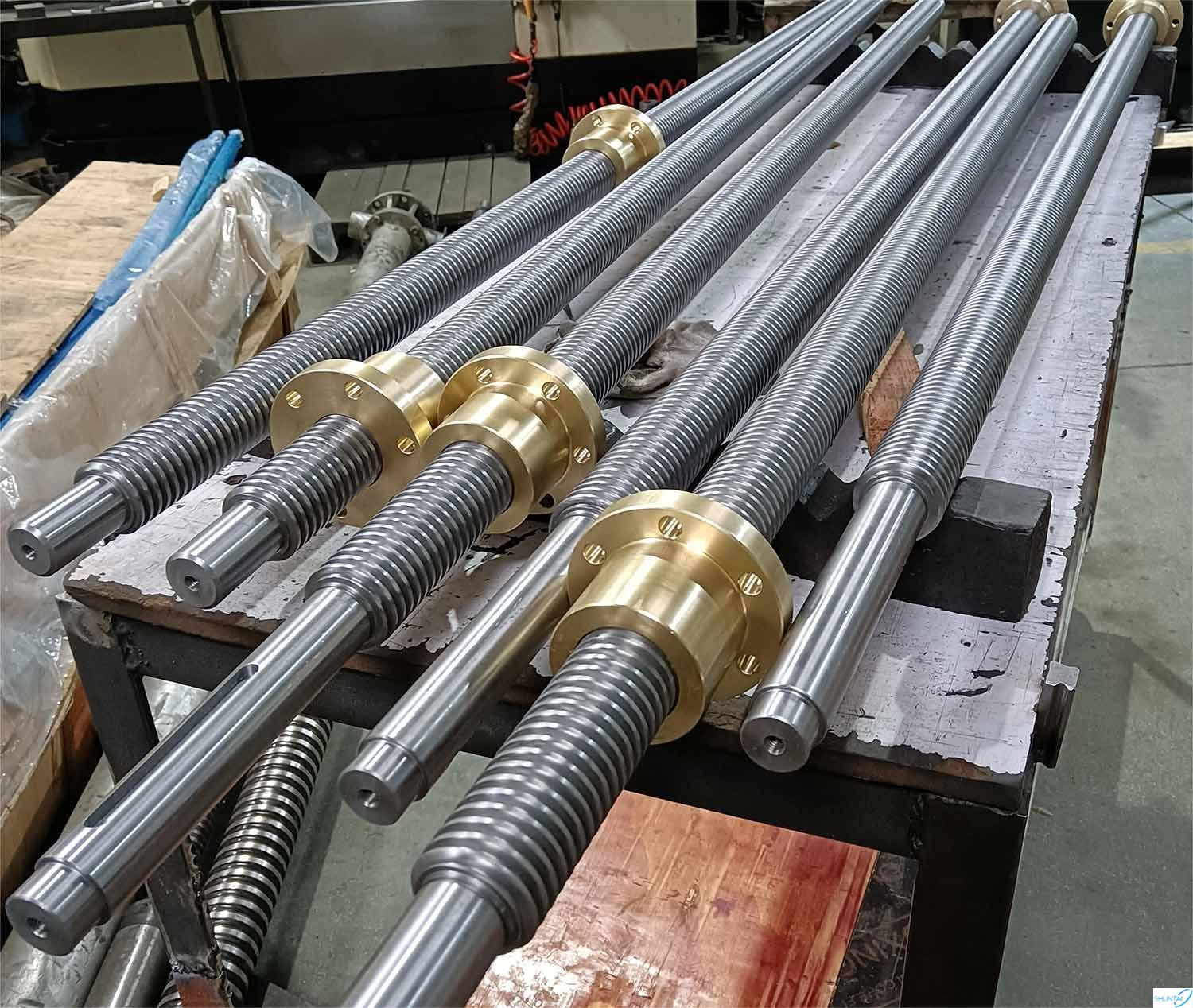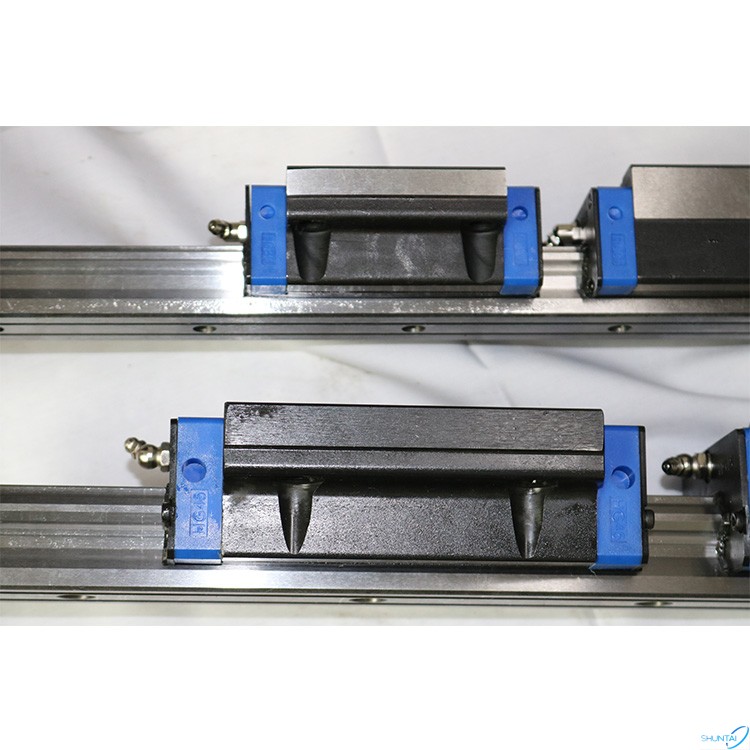Trapezoidal screw materials:
1.General precision (referring to grade 7~9) Trapezoidal screws, for light loads, are usually made of non-alloy medium carbon structural steel (such as 45, 50 steel), normalized, quenched and tempered, or cold-rolled free-cutting steel (such as Y45MnV) Directly machined. For those with wear resistance requirements, quenched and tempered non-alloy structural steel (such as 45, steel) can be used, and it can be used directly after ammonia carburizing treatment. Screws used for measurement and with little stress can be made of quenched and tempered non-alloy structural steel (such as 45, 40Cr steel), which can be used after induction heating and surface quenching.
2.Precision (referring to level 6 and above) Trapezoidal screws are usually made of non-alloy (carbon) or low-alloy tool steel (such as T10A, T12A or 9Mn2V, CrWMn steel) for light loads, and are quenched and tempered or spheroidized annealed. Screws that work frequently are often made of low-alloy tool steel (such as 9Mn2V, CrWMn steel) and integrally quenched. They can also be made of high-grade nitriding special steel (such as 38CrMoA1A, 35CrMo steel) and undergo infiltration treatment to withstand high temperatures. temperature situation. Small-sized screws that require wear resistance can be made of carburized low-alloy steel (such as steel), and can be used after carburizing + quenching and low-temperature tempering. For screws that work at high temperatures, they can be made of precipitation-hardened stainless steel (such as OCr17Ni4Cu4Nb) and used after solid solution + aging treatment.


